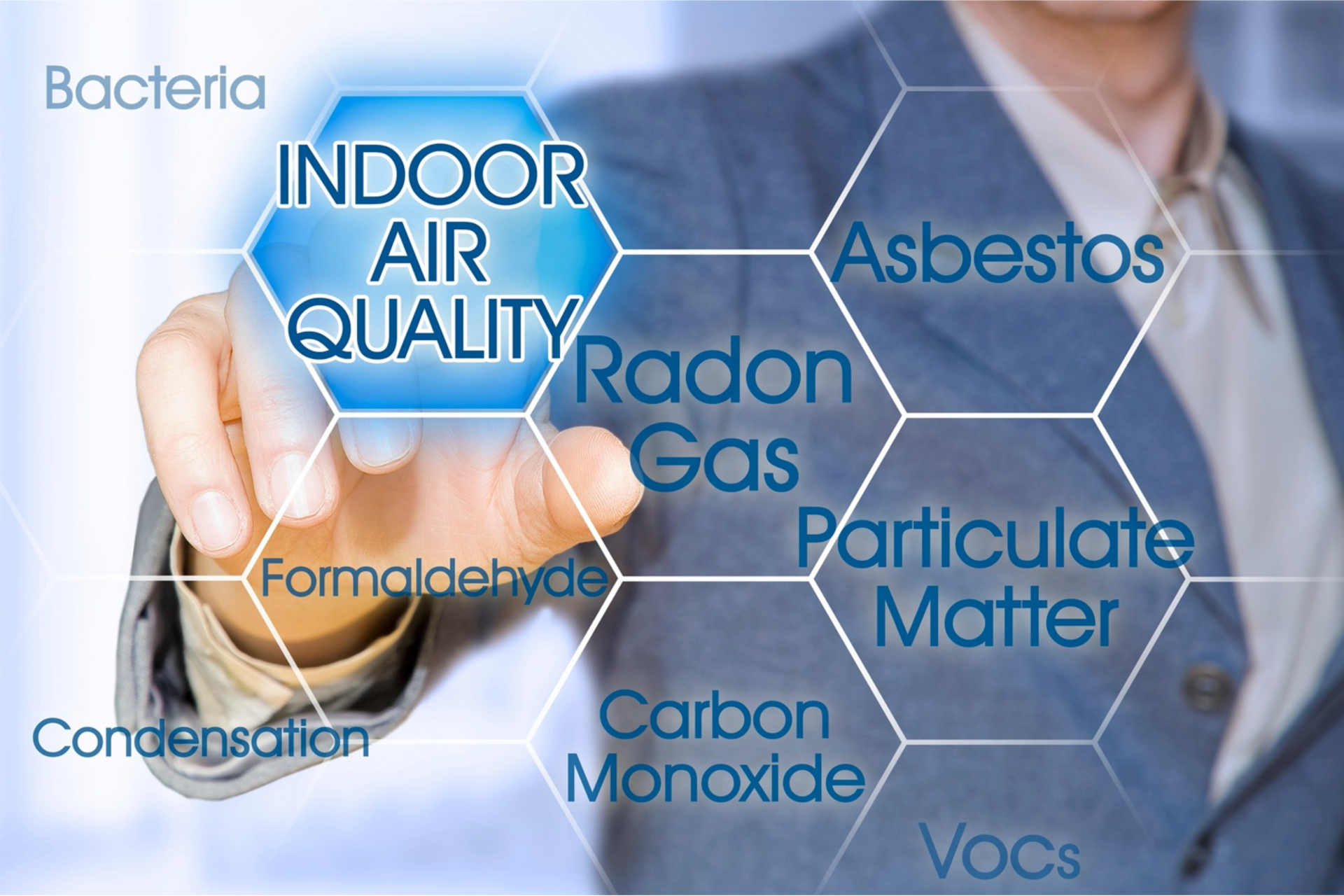When temperatures fall, radon levels can rise
When temperatures fall, radon levels can rise
Many people stay inside for the cold months. When not at work, you tend to spend more time in the house enjoying a book, catching your favorite sports event, or watching a movie. The house is our haven from the harsh weather outside. But is it really that safe? Radon levels in many homes tend to be higher during the winter months. Here are a few of the reasons why:
Make Your Home a Safer Place to Breathe
- Greater stack effect can draw more radon into the home. During the winter, stack effect tends to be greater as the warm air within the house rises and escapes to the colder air outside. As air escapes, the house must replace the air to equalize pressure. Many houses get new air through drafty doors and windows. Houses also get new air from the soil they are built upon. The air from the soil can be pulled in through cracks in the concrete, plumbing pipe penetrations, sump pump pits, floor drains, crawlspaces and any other areas that have contact with the soil. This new air that enters can contain radon gas.
- Greater concentrations of radon can enter the home during winter months. Radon enters the home from the soil below it but more radon escapes through the soil around the home and dilutes into the fresh outdoor air. During winter months, in cold climates, the ground in our yards can freeze and be covered with a layer of snow. This creates a blanket effect that can trap radon in the soil around the house. Since less radon in the soil is able to escape through the frozen ground in the yard, the house may be pulling in higher concentrations of it.
- Closed house conditions during the winter can keep radon gas levels from being diluted by fresh air. During warmer months some dilution can occur when you open the windows to bring fresh air in. During the winter the windows are usually shut to keep the house warm which can affect the concentration of radon in the house.
Why do I think this is one of radon's greatest threats?
Many people who base their home's radon level off one single radon test result. Many times, the radon test was performed by the home inspector during their real estate transaction and all they were told was that they "passed." Many people may be living with radon levels that are significantly higher than what that single radon test had told them because of factors like seasonal variations.
Most importantly, don't think that you are safe from radon based upon the results of a single radon test that may have been performed during a time of year when radon gas levels were naturally low. If you have high radon levels during any season consider radon mitigation to reduce the levels. Radon mitigation can reduce radon levels consistently throughout the year to eliminate any seasonal variation.
You might also like
Book a Service Today
We will get back to you as soon as possible
Please try again later
Counties We Serve
Dupage County, Kendall County, Cook County, Kankakee County, Will County, and Metro Chicago Area south and west communities



